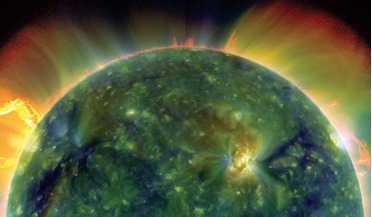 July 2014
In thrall to a star: understanding the Sun will help us understand our own climate and environment
July 2014
In thrall to a star: understanding the Sun will help us understand our own climate and environment
... Sun’s energetic output comes in many forms – high-energy protons and electrons, UV and X-ray radiation, embedded magnetic fields – all of which have a profound impact on the Earth’s space environment. Of particular concern are the transient sudden...
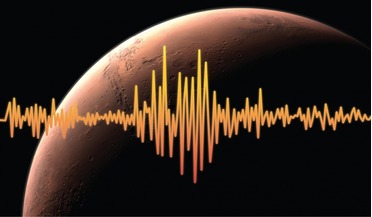 August 2018
Measuring the pulse of Mars
August 2018
Measuring the pulse of Mars
...’t see that information from early on in history,” adds Panning. CubeSat tag alongs Early in Mars’ history its magnetic field vanished, causing the near total loss of the planet’s atmosphere and scientists do not really understand why...
 October 2020
Microgravity and its effects on the human brain
October 2020
Microgravity and its effects on the human brain
...- and on the application of radiofrequency pulses, which excite the protons of the tissues located within this strong magnetic field. Next to its use in the clinical routine, MRI offers a wide range of research-oriented applications, particularly for...
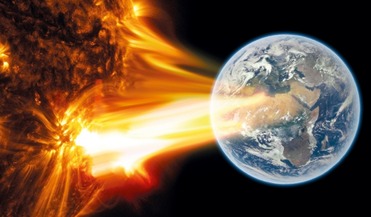 January 2019
Saving humanity – is space up to the job?
January 2019
Saving humanity – is space up to the job?
... more viable than drilling a hole to the core of Mars and implanting millions of tons of iron to create a ‘natural’ magnetic field. EDDE Vehicle Schematic, Showing Arrays, Conductor, Emitters, and Net Managers Mitigating climate change While looking...
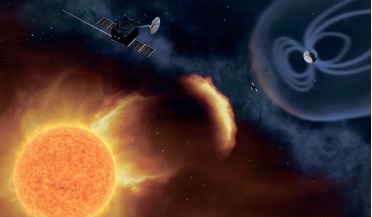 June 2021
The next ‘unthinkable’ – global disruption from a solar storm
June 2021
The next ‘unthinkable’ – global disruption from a solar storm
...mass ejections (CMEs), accompanied by solar energetic particles (SEPs). Because of the interaction of CMEs with the Earth’s magnetic field, a geomagnetic storm can be generated. Three main types of space weather events are typically recognised: radio...
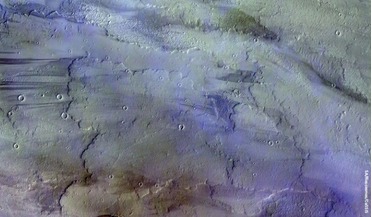 January 2018
When it comes to water Mars may not be the promised land
January 2018
When it comes to water Mars may not be the promised land
... the internal dynamo processes that formed the transient magnetic field of the planet. Once the internal heat flow... a threshold value (between 40-20 milliwatt per square metre) the magnetic field declined and ended at around 4.1 Gy (one giga-year =...